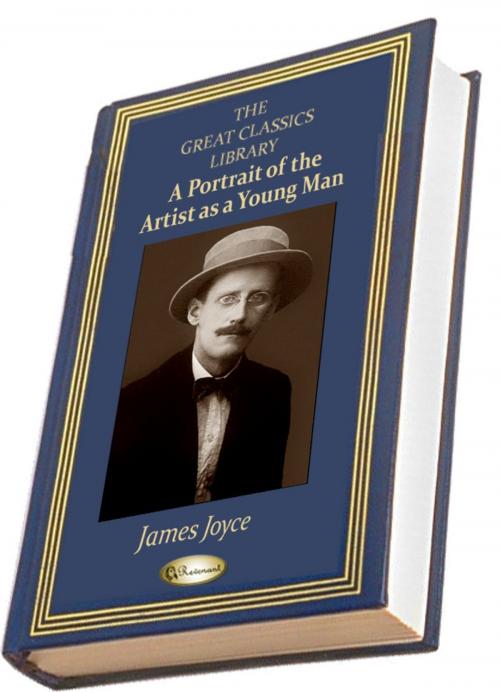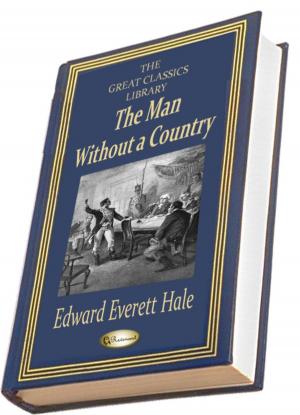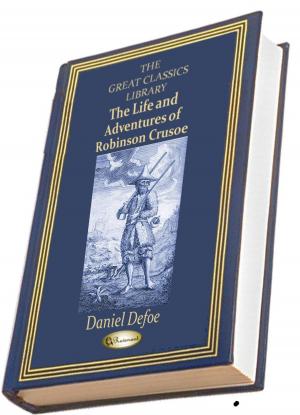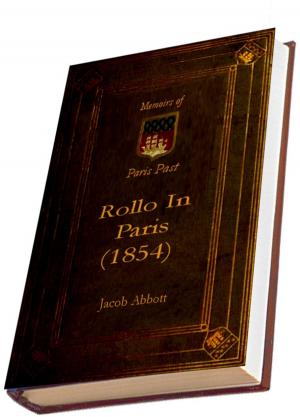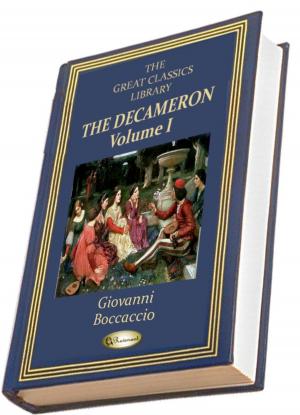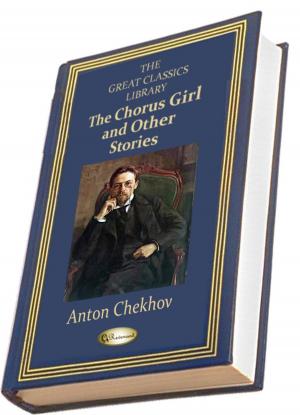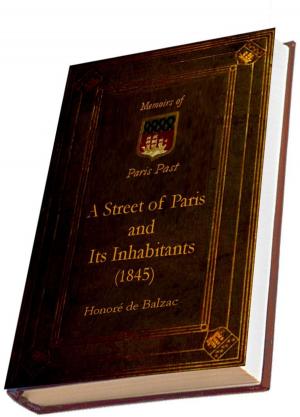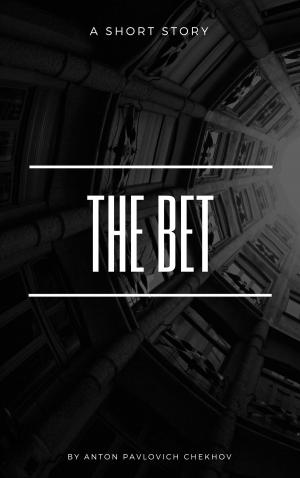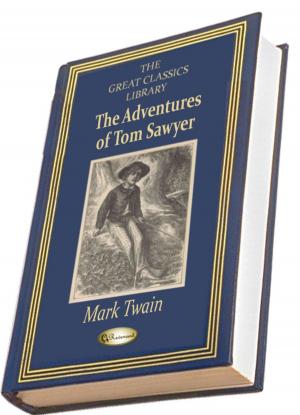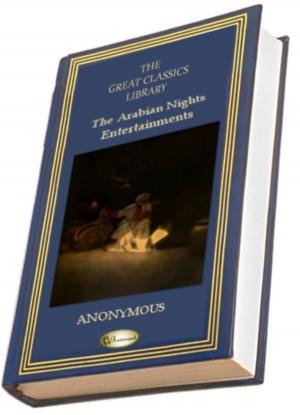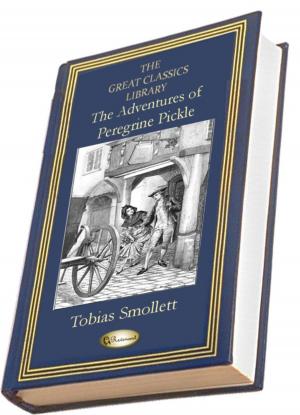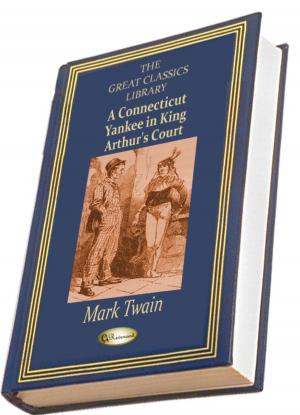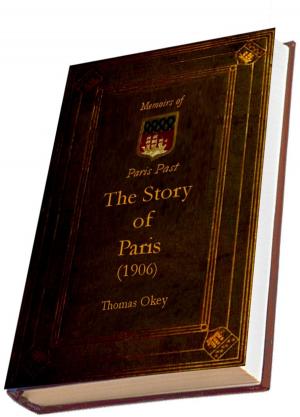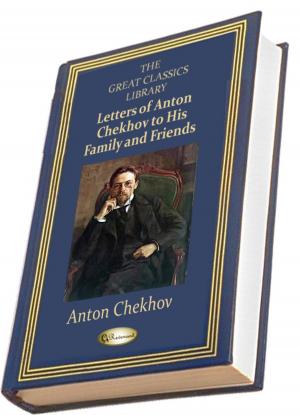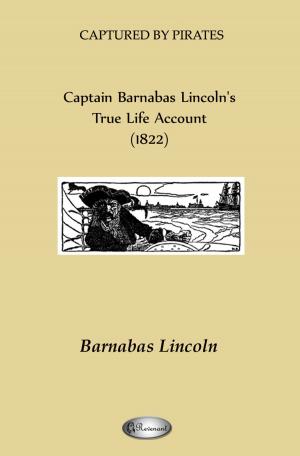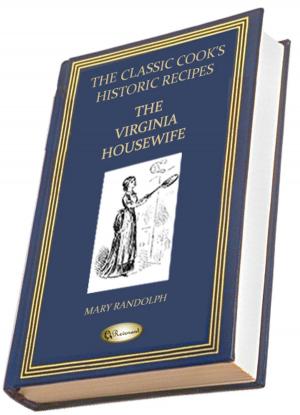A Portrait of the Artist as a Young Man
(THE GREAT CLASSICS LIBRARY)
Biography & Memoir, Artists, Architects & Photographers, Nonfiction, Art & Architecture, Fiction & Literature, Classics| Author: | James Joyce | ISBN: | 1230000026925 |
| Publisher: | Revenant | Publication: | October 24, 2012 |
| Imprint: | Language: | English |
| Author: | James Joyce |
| ISBN: | 1230000026925 |
| Publisher: | Revenant |
| Publication: | October 24, 2012 |
| Imprint: | |
| Language: | English |
This semi-autobiographical novel was first serialised in the magazine The Egoist from 1914 to 1915, and published first in book format in 1916 by B. W. Huebsch, New York. The first English edition was published by the Egoist Press in February 1917. It describes the formative years of the life of Stephen Dedalus, a fictional alter ego of Joyce and an allusion to the consummate craftsman of Greek mythology, Daedalus.
Written in Joyce's characteristic free indirect speech style, A Portrait is a major example of the Künstlerroman (an artist's Bildungsroman) in English literature. Joyce's novel traces the intellectual and religio-philosophical awakening of young Stephen Dedalus as he begins to question and rebel against the Catholic and Irish conventions with which he has been raised. He finally leaves for abroad to pursue his ambitions as an artist. An early example of some of Joyce's modernist techniques, this novel has had a "huge influence on novelists across the world" and was ranked by Modern Library as the third greatest English-language novel of the 20th century.
This semi-autobiographical novel was first serialised in the magazine The Egoist from 1914 to 1915, and published first in book format in 1916 by B. W. Huebsch, New York. The first English edition was published by the Egoist Press in February 1917. It describes the formative years of the life of Stephen Dedalus, a fictional alter ego of Joyce and an allusion to the consummate craftsman of Greek mythology, Daedalus.
Written in Joyce's characteristic free indirect speech style, A Portrait is a major example of the Künstlerroman (an artist's Bildungsroman) in English literature. Joyce's novel traces the intellectual and religio-philosophical awakening of young Stephen Dedalus as he begins to question and rebel against the Catholic and Irish conventions with which he has been raised. He finally leaves for abroad to pursue his ambitions as an artist. An early example of some of Joyce's modernist techniques, this novel has had a "huge influence on novelists across the world" and was ranked by Modern Library as the third greatest English-language novel of the 20th century.
